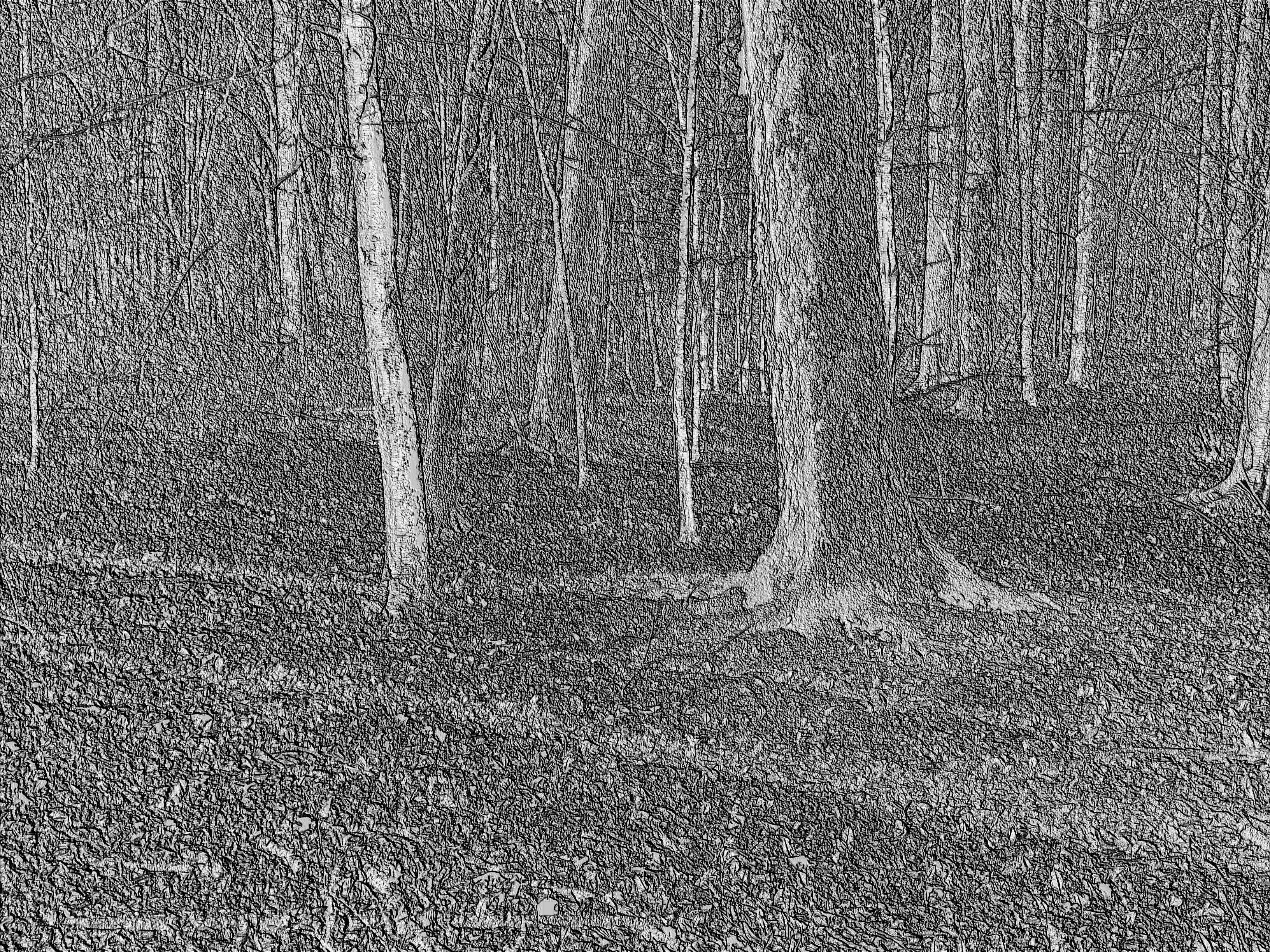

Cultivating Resilient Communities
|
Rita Bober
Norm Bober Ken Dahlberg, Chairperson Maynard Kaufman Ron Klein Suzanne Klein Michael Kruk |
Jim Laatsch Lisa Phillips, Treasurer Michael Phillips Thom Phillips, Managing Director Jan Ryan, Secretary Jon Towne Dennis Wilcox |
